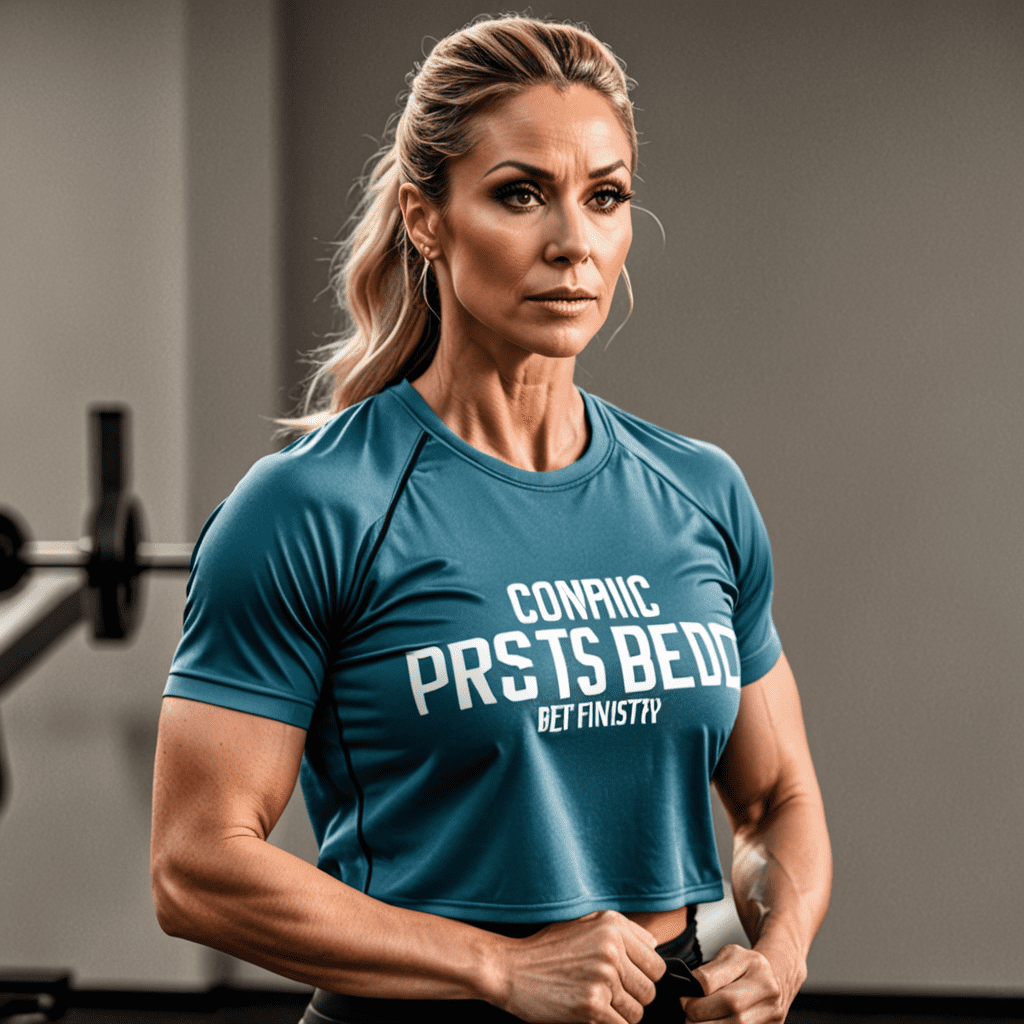
Cardiovascular Exercises for Enhanced Muscle Development
Optimize your fitness regime by incorporating cardiovascular exercises tailored towards muscle growth. Discover the science behind how cardiovascular activity supports muscle development and explore the different types, frequency, and timing of cardiovascular exercises for maximum effectiveness. Embrace a comprehensive approach to fitness, balancing cardiovascular exercise with resistance training for optimal results.
I. Introduction
The pursuit of muscle development often centers around resistance training. However, incorporating cardiovascular exercise into your fitness regimen can significantly enhance muscle growth. Cardiovascular activity complements resistance training by improving blood flow, nutrient delivery, and hormonal responses. By understanding the role of cardiovascular exercise in muscle development, you can optimize your fitness plan for maximum gains.
II. Understanding the Role of Cardiovascular Exercise in Muscle Growth
Cardiovascular exercise plays a multifaceted role in promoting muscle growth:
A. Increased Blood Flow and Oxygen Delivery: Cardiovascular exercise enhances blood flow, delivering oxygen and nutrients to muscles. This increased blood flow supports muscle recovery and growth.
B. Enhanced Nutrient Delivery: Cardiovascular exercise facilitates the transportation of essential nutrients, such as amino acids and glucose, to muscles. These nutrients are vital for muscle repair and growth.
C. Improved Hormonal Response: Cardiovascular exercise stimulates the release of anabolic hormones, such as growth hormone and testosterone, which play a crucial role in muscle growth and recovery.
III. Types of Cardiovascular Exercises for Muscle Development
Cardiovascular exercises vary in intensity and duration, each offering specific benefits for muscle growth:
A. High-Intensity Interval Training (HIIT): HIIT involves alternating short bursts of high-intensity exercise with rest or low-intensity periods. HIIT effectively boosts metabolism, promotes fat loss, and enhances growth hormone production.
B. Moderate-Intensity Continuous Training (MICT): MICT involves sustained exercise at a moderate intensity for an extended period. MICT improves cardiovascular endurance, supports nutrient delivery to muscles, and promotes muscle recovery.
C. Aerobic Endurance Training (AET): AET involves prolonged, low-to-moderate intensity exercise. AET primarily enhances cardiovascular endurance but also contributes to fat loss and promotes muscle recovery.
IV. Frequency and Duration of Cardiovascular Exercise
Balancing the frequency and duration of cardiovascular exercise is essential for optimal muscle growth:
A. Optimal Frequency: Aim for 2-3 sessions of cardiovascular exercise per week. More frequent sessions may interfere with recovery, while less frequent sessions may not provide sufficient benefits.
B. Effective Duration: Each session should last between 30-60 minutes. Shorter durations may not provide significant benefits, while longer durations may lead to overtraining.
V. Timing of Cardiovascular Exercise
The timing of cardiovascular exercise can impact muscle growth:
A. Pre-Workout: Performing cardiovascular exercise 15-20 minutes before resistance training can enhance blood flow and nutrient delivery, preparing muscles for optimal performance.
B. Post-Workout: Engaging in low-intensity cardiovascular exercise after resistance training can aid in muscle recovery by reducing inflammation and promoting blood flow.
C. Rest Days: Rest days are crucial for muscle recovery. Avoid strenuous cardiovascular exercise on these days to allow muscles to replenish and repair.
VI. Choosing the Right Intensity Level
Determining the appropriate intensity level for cardiovascular exercise is essential:
A. Heart Rate Monitoring: Use a heart rate monitor or the "talk test" to gauge intensity. Aim for an intensity level that elevates your heart rate to 60-85% of your maximum heart rate.
B. Perceived Exertion Scale: The Borg Scale of Perceived Exertion is a subjective measure of intensity. Aim for an intensity level of 12-15 on the scale, where 0 is no exertion and 20 is maximal exertion.
VII. Benefits of Cardiovascular Exercise for Muscle Growth
Incorporating cardiovascular exercise into your muscle-building plan offers numerous benefits:
A. Fat Loss and Lean Muscle Gains: Cardiovascular exercise promotes fat loss, revealing underlying muscle definition. Additionally, it facilitates nutrient partitioning, enhancing lean muscle growth.
B. Improved Cardiovascular Health: Regular cardiovascular exercise strengthens your heart and circulatory system, reducing the risk of cardiovascular diseases.
C. Enhanced Mobility and Flexibility: Cardiovascular exercise improves joint range of motion and flexibility, supporting overall fitness and performance.
VIII. Considerations for Integrating Cardiovascular Exercise into a Muscle-Building Program
Tailoring your cardiovascular exercise program to your individual needs and goals is essential:
A. Individualized Approach: Consult with a healthcare professional or certified fitness expert to determine an appropriate exercise plan based on your fitness level and goals.
B. Gradual Progression: Gradually increase the intensity and duration of cardiovascular exercise over time to avoid overtraining and maximize results.
C. Adequate Recovery Time: Allow for sufficient rest and recovery between cardiovascular exercise sessions and resistance training workouts to promote optimal muscle growth and prevent burnout.
IX. Sample Cardiovascular Exercise Plan
A sample cardiovascular exercise plan for muscle growth could include:
- Week 1-2: 2 HIIT sessions per week, 20 minutes each
- Week 3-4: 3 MICT sessions per week, 30 minutes each
- Week 5-6: 1 HIIT session, 2 MICT sessions, and 1 AET session per week, gradually increasing duration
X. Conclusion
Cardiovascular exercise is a valuable addition to any muscle-building program. By understanding its role in muscle growth, choosing the right types, intensity, and timing, and integrating it effectively into your training plan, you can maximize your fitness results. Embrace a comprehensive approach to fitness, combining cardiovascular exercise with resistance training for optimal muscle development, improved cardiovascular health, and overall well-being.
FAQ
Q: Can I do cardiovascular exercise every day?
A: Daily cardiovascular exercise is not recommended as it can lead to overtraining and hinder muscle recovery. Aim for 2-3 sessions per week.
Q: Which type of cardiovascular exercise is best for muscle growth?
A: HIIT is particularly effective for muscle growth as it boosts metabolism and growth hormone production.
Q: How long should I do cardiovascular exercise?
A: Each session should last between 30-60 minutes for optimal results.
Q: Is it okay to do cardiovascular exercise before and after resistance training?
A: Yes, you can do cardiovascular exercise both before and after resistance training. Pre-workout cardiovascular exercise enhances blood flow, while post-workout cardiovascular exercise supports muscle recovery.


